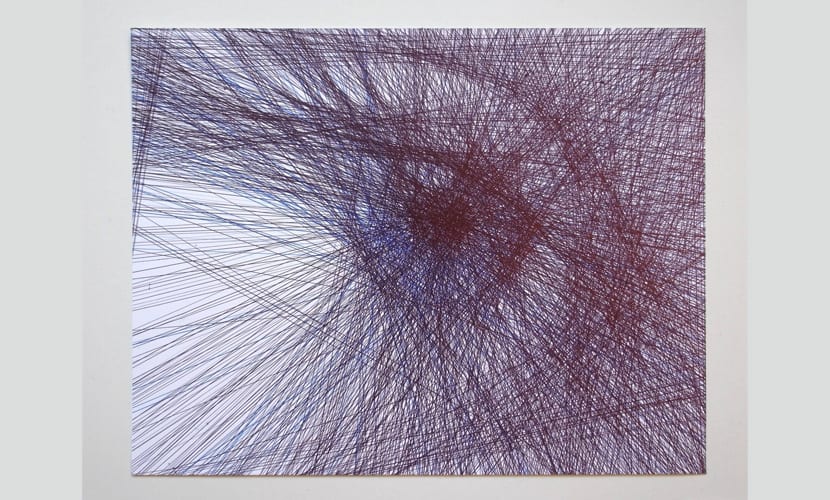
Lines and more stripes to gradually shape the image of an eye in which, when looking at it from afar or zooming out, we can find how that blue becomes clearer. Apart from that it is colored in a large group of images with a lighter tone.
The curious thing about this experiment carried out in pen is that there are a way to create this effect digitally by following the tangents of the curves of the shapes of the eye or of the object that we would like to represent. An interesting proposal from an anonymous artist on the web that is perfectly suitable for getting to know the RANSAC algorithm.
The marketing process includesseveral phases that are reflected below: do it digitally it could be summarized as:
- Convert an image to black and white
- Create an empty canvas
- Draw a single line on a few hundred copies of the canvas
- Calculate the difference between the original and the canvases
- Take one with the least difference
- The process is repeated from step three about a thousand times
Completely done, we should do it about a hundred times and finally select the image that best mimics the model that we would have used. It would be a bit tedious, but we would save having to draw it by hand as happens with the experiment we share here. Yes you want to save the process, come over here.
Ultimately we are talking about the RANSAC algorithm that was published by Fischler and Bolles in 1981 and that since then has been applied in image analysis. RANSAC has an incredible ability to provide a good fit from data contaminated with large proportions of outliers, even higher than 50 percent, which is the insurmountable limit for other robust estimation techniques.
The algorithm look for the best model considering all the contour pixels including those that do not fit the model sought. Randomly selects sample of s of the pixels, with s being the points needed to establish the model parameters.
Una interesting creative proposal as an experiment. If you want to know another, just a year ago we published one made with CSS3D HTML5.